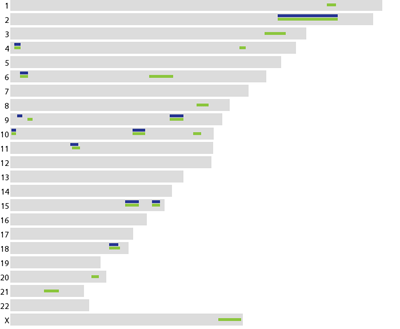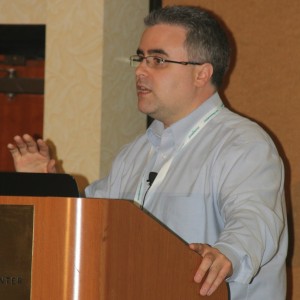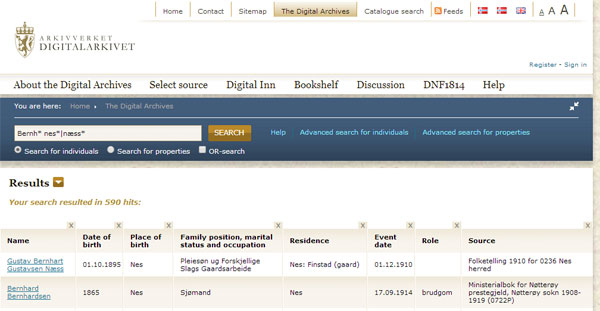Long ago I heard that genealogy is better described as a family braid rather than a family tree. Clearly the further back you go the more often ancestors will be repeated in your pedigree. An article at http://www.olivetreegenealogy.com/misc/ancestors.shtml explains that well:
If we double the number of ancestors in each generation, 2 parents, 4 grandparents, and so on, we can see that by the time we are back 10 generations, we have the potential for 1024 ancestors. But is this true? If we were to go back to the time of Charlemagne, we would find we had the potential for 281 trillion (YES!) ancestors all living at that one moment in history. This is statistically impossible! So where did our ancestors go?
In my own family I have seen some evidence of repeating ancestors at about my 7th-10th Norwegian grandparents, several of whom are in my tree many times, thus significantly reducing my number of ancestors back in the 1500 and 1600s. For example my 7th and also my 8th grandfather, Nils Anderson Eig Øvrebø is in my tree multiple times.
However recently I got a really amazing example of pedigree collapse in a wonderful email from my newly found 4th cousin Susannah which said:
I have no one else in my family who can appreciate this so I just had to send to you. My mother-in-law’s 23andMe results finally came in today and I was shocked to see a ‘2nd Cousin’ match in DNA Relatives, given that almost all her ancestors come from Bossico, Bergamo, Italy.

… Now, if I look only at the paternal line, their common ancestor is 10 generations back – her 8th g-grandfather born in 1575. But I can quickly see that every female that married into this line also has a surname that is in my mother-in-law’s ancestry and can see her gg-aunt, 3rd g-aunt, 4th g-aunt etc. in his tree. I always wondered how that would look DNA-wise so now I have my answer. …
I fleshed out the tree and found the closest relationship to my mother-in-law- they are 3rd cousins 1x removed. Out of curiosity, I checked the autosomal stats, and saw that predicted average for that relationship is 0.391% and 26.56cM. Per 23andMe, Giovanfranco & Maria share 3.46% , 257cM on 20 segments. Wow!
| Comparison |
Half IBD |
# segments |
|
mother-in-law vs. son |
126 cM |
11 |
|
mother-in-law vs. father (3rd cousin 1x remved) |
257 cM |
20 |
Continue reading →



